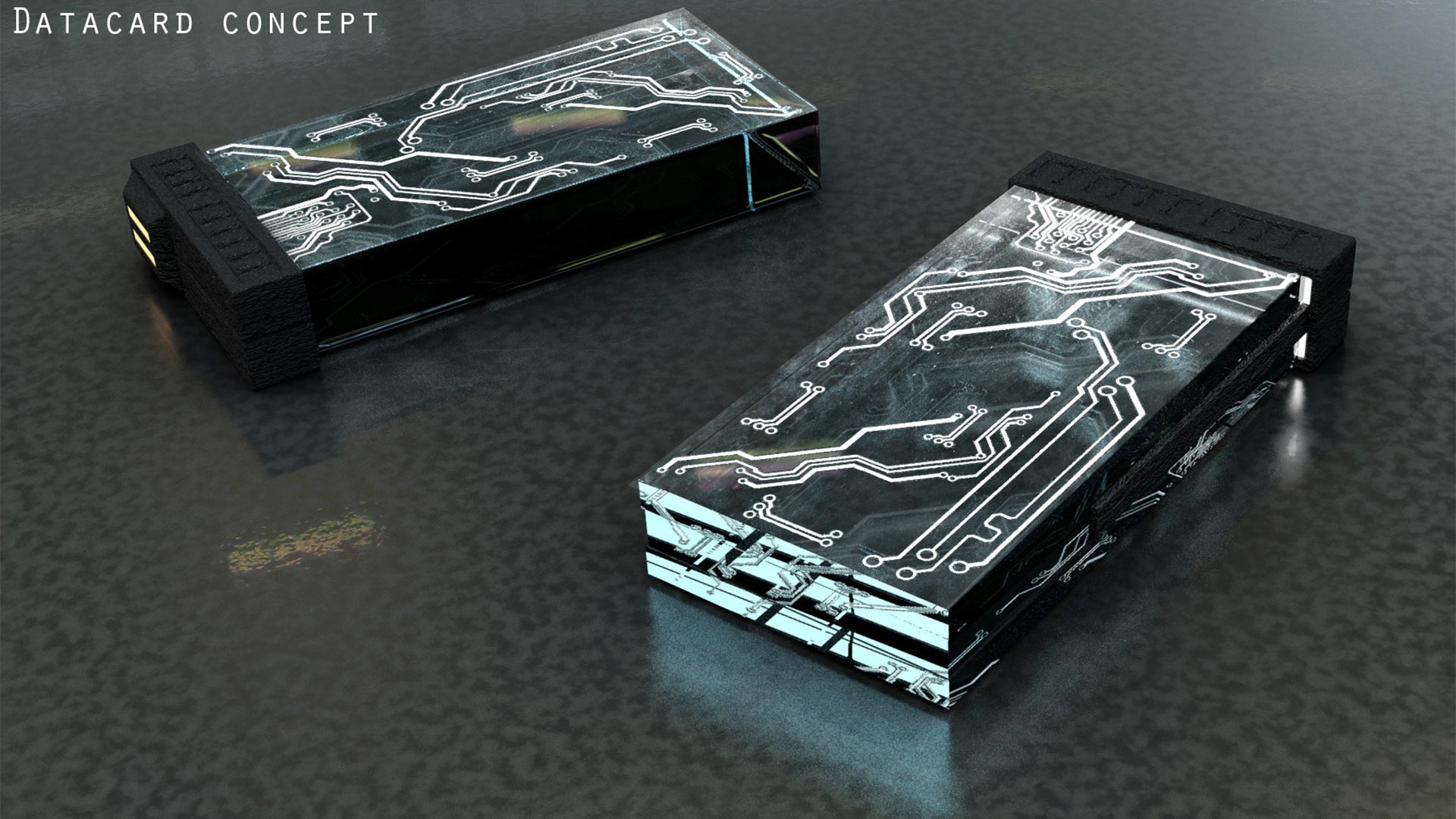History in Objects: Death Star Plans Datacard
The Rogue One prop had to be designed from scratch.
“History in Objects” is a continuing series exploring Lucasfilm’s legacy stretching from our founding in 1971 to today. Through objects both rare and commonplace, the company’s past, present, and future are brought to life.
With the Disney+ series Andor nearing the end of its captivating first season, audiences are once again witnessing the formative era of the Rebellion depicted in Rogue One: A Star Wars Story, and continued in Star Wars: A New Hope. The storylines of those two films were connected by a runaway blockade runner, a Rebel princess, and a thin metal datacard containing the plans to the Empire’s top-secret superweapon, the Death Star.
That datacard – briefly glimpsed in Rogue One as the Rebel ship is attacked by Darth Vader – is seen again in an early moment from A New Hope, when Princess Leia furtively transfers the Death Star plans to R2-D2. While the actual datacard prop used in A New Hope remains lost, the one used in Rogue One – which allowed some new surface detail to be revealed – is safely housed in the Lucasfilm Archives.
“The datacard was manufactured by the Rogue One prop department to match as closely as possible the card we see at a distance in A New Hope,” says Lucasfilm manager of physical assets Portia Fontes. “It’s etched metal with a brass inlay, and is one of several designs for the datacard that we have in the Archives.”
The reason there were several designs made for the Rogue One datacard is because the Death Star plans were potentially going to be carried on multiple devices in the film, according to concept artist Matthew Savage. “At one point in the script there were many different datacards doing different things in different scenes so we designed some chunky cards,” he explains. “[Director] Gareth [Edwards] really wanted our film to run seamlessly into A New Hope, so the final version had to be in line with the slim card you see Leia holding in that film.”
In addition to the slim shape of the card, the actual surface design was influenced by the aesthetics of A New Hope. “The pattern was inspired by early ‘70s circuit boards,” continues Savage. “The temptation with Star Wars is to always go super-complicated, but A New Hope is actually a very sparse-looking movie with analog technology, and we really want to sit in that universe.”
While the fate of the galaxy rests on the successful transfer of data from that card, Savage views the iconic prop as both significant and innocuous at the same time. “That’s what I always enjoyed about working on Star Wars props,” he says. “The card is a very simple design, but because of the weight it carries in the film it becomes its own little corner of Star Wars history.”
As plain and spare in design as the datacard prop may be, for many fans it embodies what Leia – and a newly-emboldened Rebellion – needed in their most desperate hour: Hope.




Pete Vilmur is a writer for Lucasfilm Publicity and co-author of The Star Wars Poster Book,The Star Wars Vault, and The Complete Vader.

